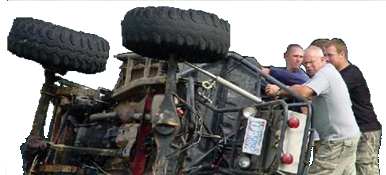ckruzer
Infidel
- Joined
- Jul 2, 2015
- Location
- asheville nc
Why do go-fast cars seem to uniformly have 3-4" steel or aluminum non slip shafts (slip yoke on trans)
Vs
4wd buggies sporting equal hp/torque ratings use a slip shaft with 2" tube just fine?
Setting aside "weight" savings
Does it have to do with rotating mass? The longer shaft in cars being a-typical?
Long story short. This C3 I am doing this LS/T56 Twin 67mm Turbo swap on - The trans is not slip - so to get the driveshaft out you have to either drop the diff or drop the trans. This is no bueno for ujoint replacement in the future after too much fun. So in my head Im like "Why not call up Olivers and get a 1330/1330 slip shaft made to mate the t56 slip yoke to the pinion yoke? and go have fun? Im not racing and counting every Lb for a #trackday
Thoughts? Is a slip yoke + slip shaft no bueno? Is the issue more so the age of this vehicle - in noting that the slip yoke currently on the OE trans is fully seated when using an OE shaft? My understading is that a slip yoke is not fully seated on install but greater than 50% spline engagement - allowing for movement both directions: and this is key for removing the driveshaft and slipping it in further to allow dshaft removal?



Vs
4wd buggies sporting equal hp/torque ratings use a slip shaft with 2" tube just fine?
Setting aside "weight" savings
Does it have to do with rotating mass? The longer shaft in cars being a-typical?
Long story short. This C3 I am doing this LS/T56 Twin 67mm Turbo swap on - The trans is not slip - so to get the driveshaft out you have to either drop the diff or drop the trans. This is no bueno for ujoint replacement in the future after too much fun. So in my head Im like "Why not call up Olivers and get a 1330/1330 slip shaft made to mate the t56 slip yoke to the pinion yoke? and go have fun? Im not racing and counting every Lb for a #trackday
Thoughts? Is a slip yoke + slip shaft no bueno? Is the issue more so the age of this vehicle - in noting that the slip yoke currently on the OE trans is fully seated when using an OE shaft? My understading is that a slip yoke is not fully seated on install but greater than 50% spline engagement - allowing for movement both directions: and this is key for removing the driveshaft and slipping it in further to allow dshaft removal?
Last edited:

